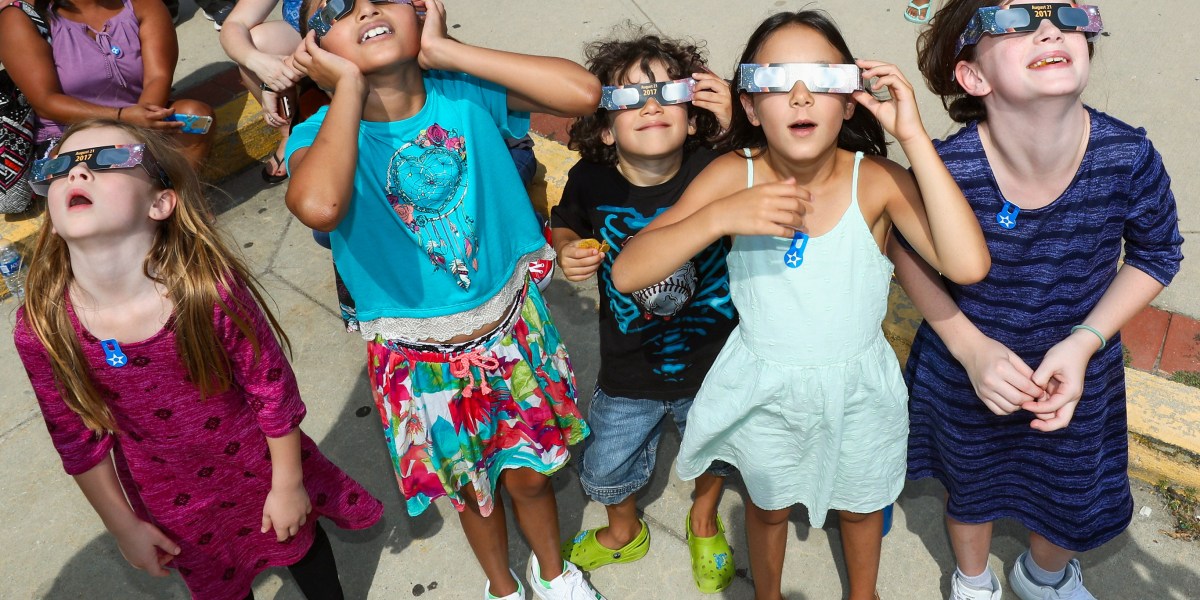Before the eclipse begins, take the time to focus the camera exactly where you want the sun and moon to appear in your shot, and turn off any autofocus function. While some mounts come with an automated tracking feature that will follow the eclipse’s progression, others will require you to move your camera yourself, so make sure you’re familiar with the mount you’ve got to prevent the eclipse from drifting out of your frame.
Then, “when there’s just a sliver of sun left and it’s a few seconds away from disappearing, take the filter off the camera lens,” Benton says. “At the very last moment, there’s a phenomenon called the diamond ring effect, when the last speck of visible sunlight resembles a ring—that’s a great dramatic photo. Once the sunlight reappears, it’s time to put the filter back on.”
… but smartphones work too
Despite the rapid advances in smartphone cameras over the past decade or so, they can’t really rival DSLR or mirrorless cameras when it comes to capturing an eclipse.
Their short lenses means the sun will appear very small, which doesn’t tend to produce great photographs. That said, you can still capture the best photo possible by cutting out the plastic lens from a pair of spare eclipse glasses, taping it over your phone’s camera lens (or lenses), and securing the device in a tripod (or propping it up against a cup).
Don’t try to hold the phone, and use your phone’s shutter delay to decrease vibrations, says Gordon Telepun, an amateur enthusiast who has been photographing eclipses since 2001 and has advised NASA on how to capture them. “During totality, take the [eclipse glasses] filter off and take wide-angle shots of the corona in the sky and the landscape,” he says. “Automatic mode will work fine.”
Something smartphones are great at capturing is video of the moment the moon glides over the sun, says Benton: “That transition from daylight to nighttime is dramatic, and smartphones can handle that pretty well.”
Don’t be afraid to get creative
During the eclipse, there are plenty of other things to photograph besides the sun and moon. Foliage will create a natural version of a pinhole viewer, casting thousands of crescent images of the sun dancing around in the shade as the light streams through the trees.
Another natural phenomena is shadow bands—flickering gray ripples that appear on light-colored surfaces like sheets or the sides of houses within a few minutes of totality. “It’s almost like a stroboscopic effect,” Benton says, referring to the visual effect that makes objects appear as though they are moving more slowly than they actually are. “Videos of that could be interesting.”

